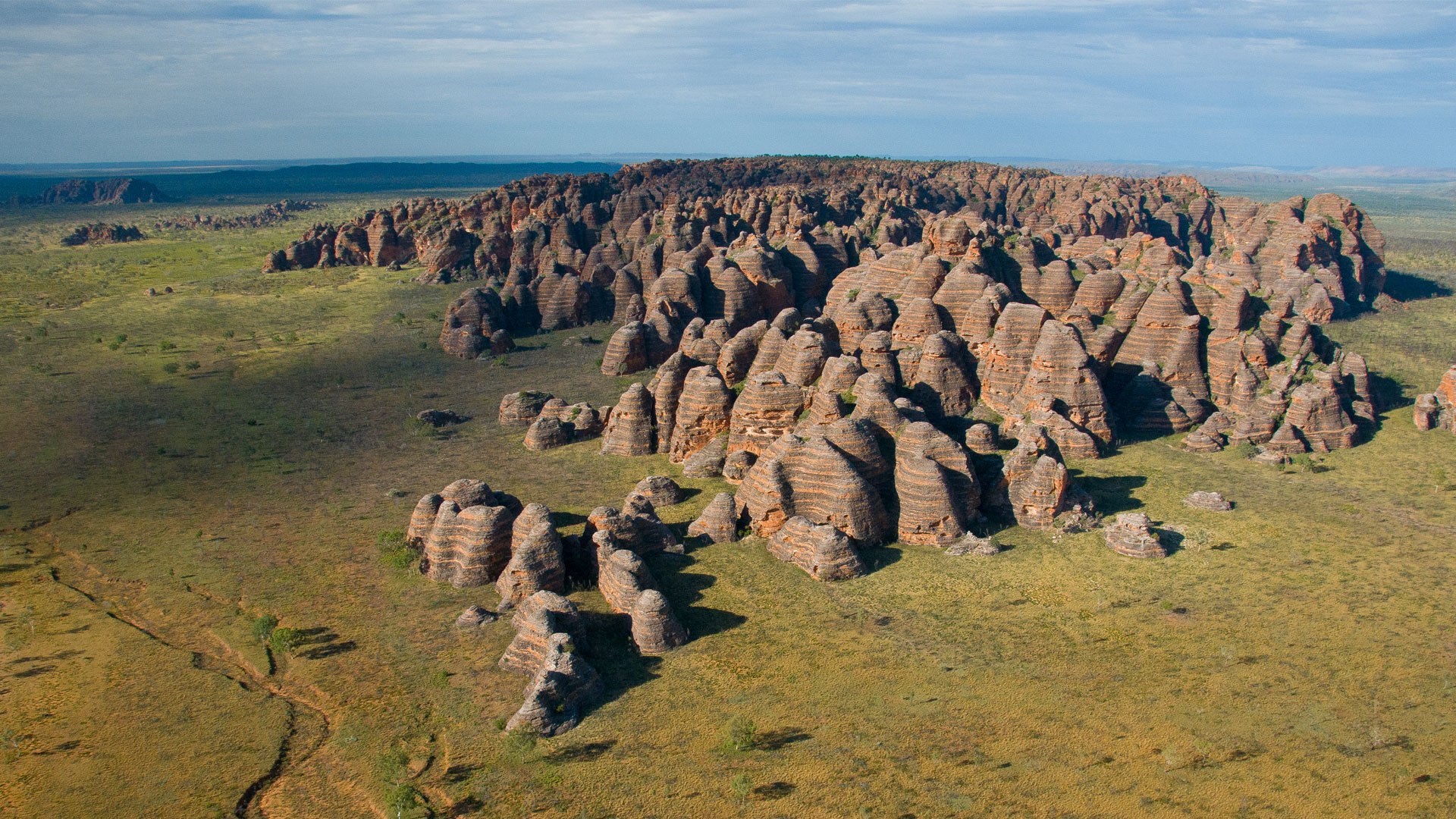Donate
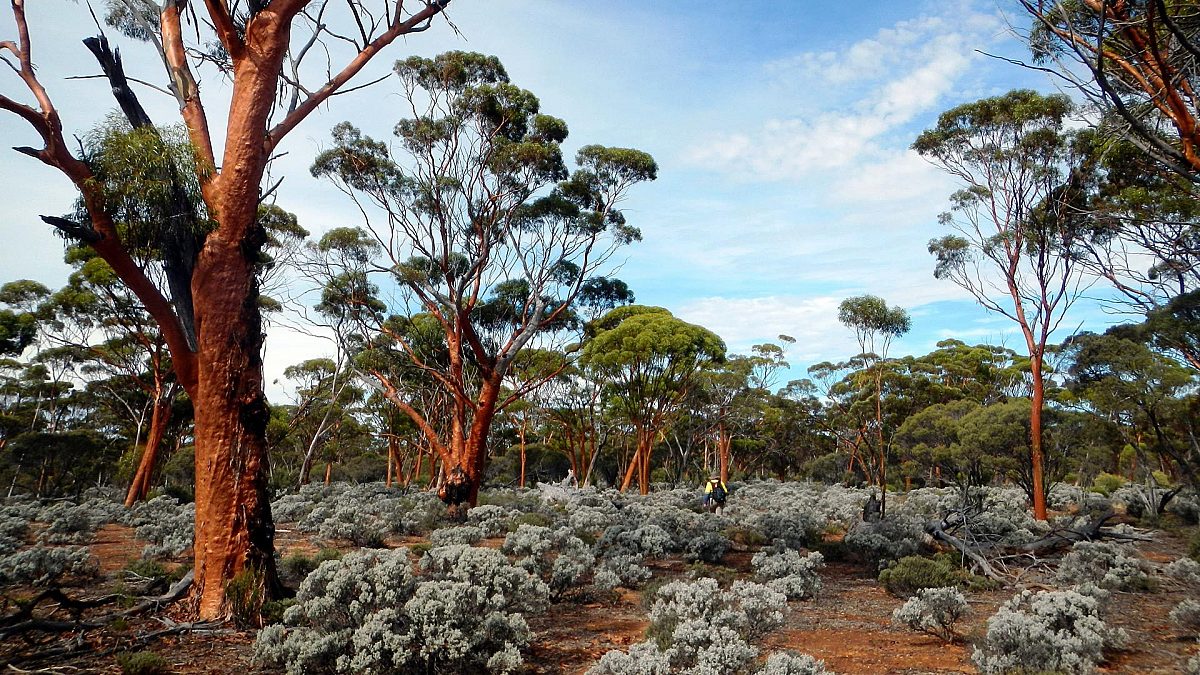
Great Western Woodlands
There’s nowhere in the world like it. It supports biodiversity that keeps our climate in check. But WA's Great Western Woodlands needs formal recognition, not ongoing threats..
It’s the last of its kind. The largest unfragmented temperate woodlands left in the world. Twice the size of Tasmania, the Great Western Woodlands in Western Australia supports a staggering 20% of our country's plant species.
These trees and soils store 950 million tonnes of carbon. That’s more than Australia emits in an entire year. Talk about life support.
A national treasure
The Great Western Woodlands is one of Australia’s great arcs for biodiversity, unique landscapes, threatened species habitat and links to ancient First Nations cultural heritage.
Incredibly, despite these undeniable attributes it has never had overarching recognition or protection. That makes every threat a fight for the survival of this intact and essential ecosystem.
It is in our interest to protect it. The carbon sequestered by this vast landscape plays an integral role in combating the impacts of climate change.
While mining threatens to fragment the Great Western Woodlands, we are working with First Nations people, local stakeholders and the WA Government to create new economic opportunities. For example, First Nations arts and culture, eco-tourism trails; community festivals; sustainable land management; and renewable energy.
Read about the Great Western Woodlands' incredible diversity and our framework for future management that will ensure that the exceptional nature of the country is maintained.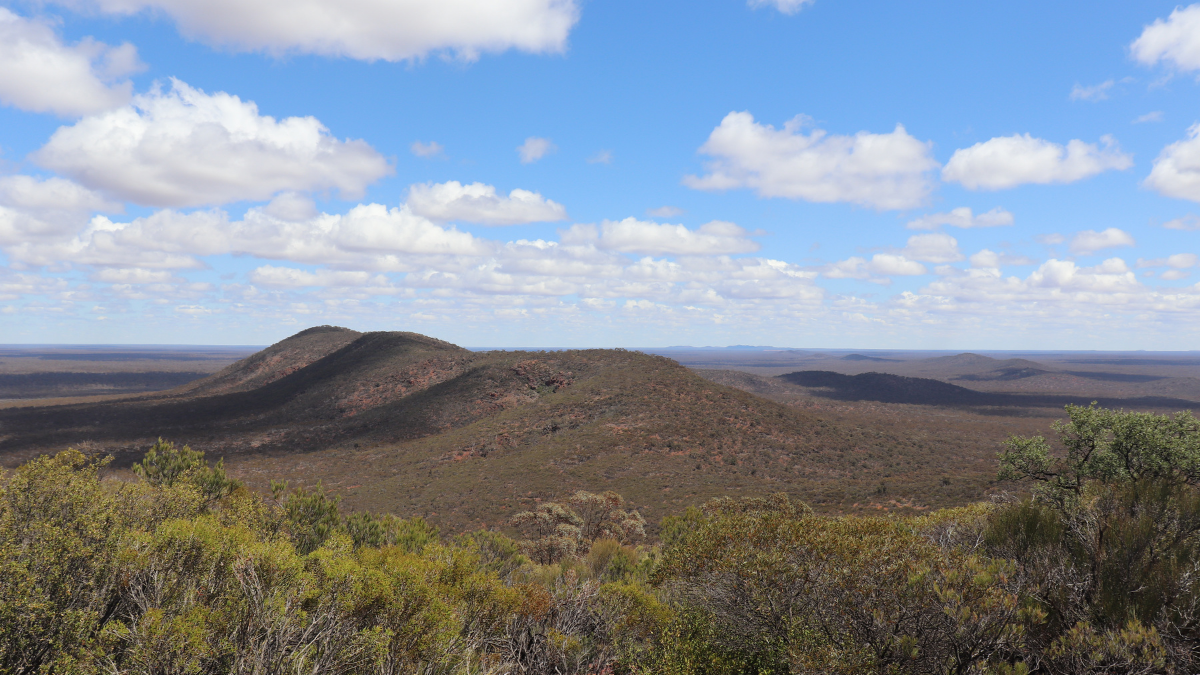
A proposal to mine the Helena Aurora Range (Bungalbin)—which would have cleaved apart this pristine landscape, has been dismissed by the WA Government due to its extremely high environmental and social values. Not only was it deemed a place of immense cultural heritage significance—the Range was recognised for its rare wildflowers, found nowhere else.
Following immense support from our supporters, it’s set to become a National Park, with the WA Government allocating $2 million over four years in a commitment to achieve this outcome and protect this stunning landscape for good.
A newly created Indigenous Protected Area, overseen by the Ngadju people, will protect an additional 4.4 million hectares of the Great Western Woodlands. This announcement importantly recognises and places First Nations Australians at the centre of management plans for this ecosystem and ancient sites of cultural heritage.
We need this level of commitment to protect the entirety of the Great Western Woodlands and preserve its value as an intact and essential ecosystem.
Too unique to lose.
If you have never spotted a malleefowl, a pebble dragon or a red-tailed phascogale, you are not alone! Here in the Great Western Woodlands, there is an astonishing level of biodiversity seen nowhere else on the planet.
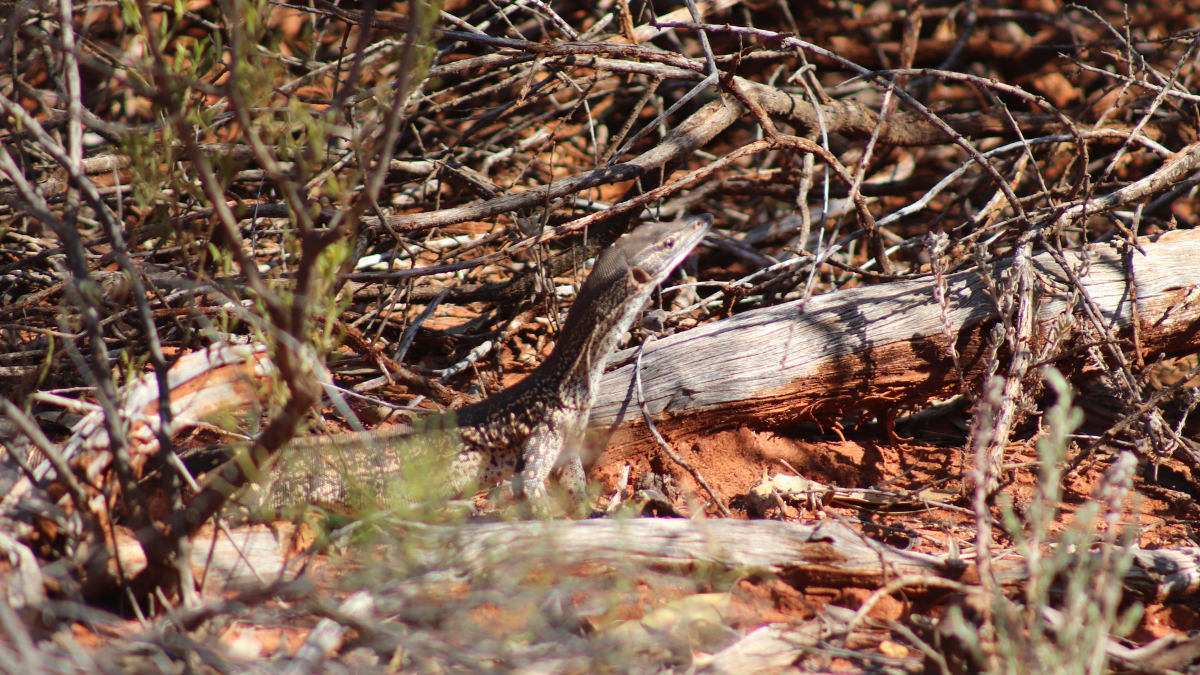
With over 3,300 flowering plant species, there are more native plants in the Great Western Woodlands than in the entire nation of Canada.
And at 16 million hectares, the Great Western Woodlands is more than twice the size of Tasmania, or larger than England and Wales combined.
A place this unique—and massive—needs a plan. And that begins with ambitious protections and resolute commitments for the life it supports.
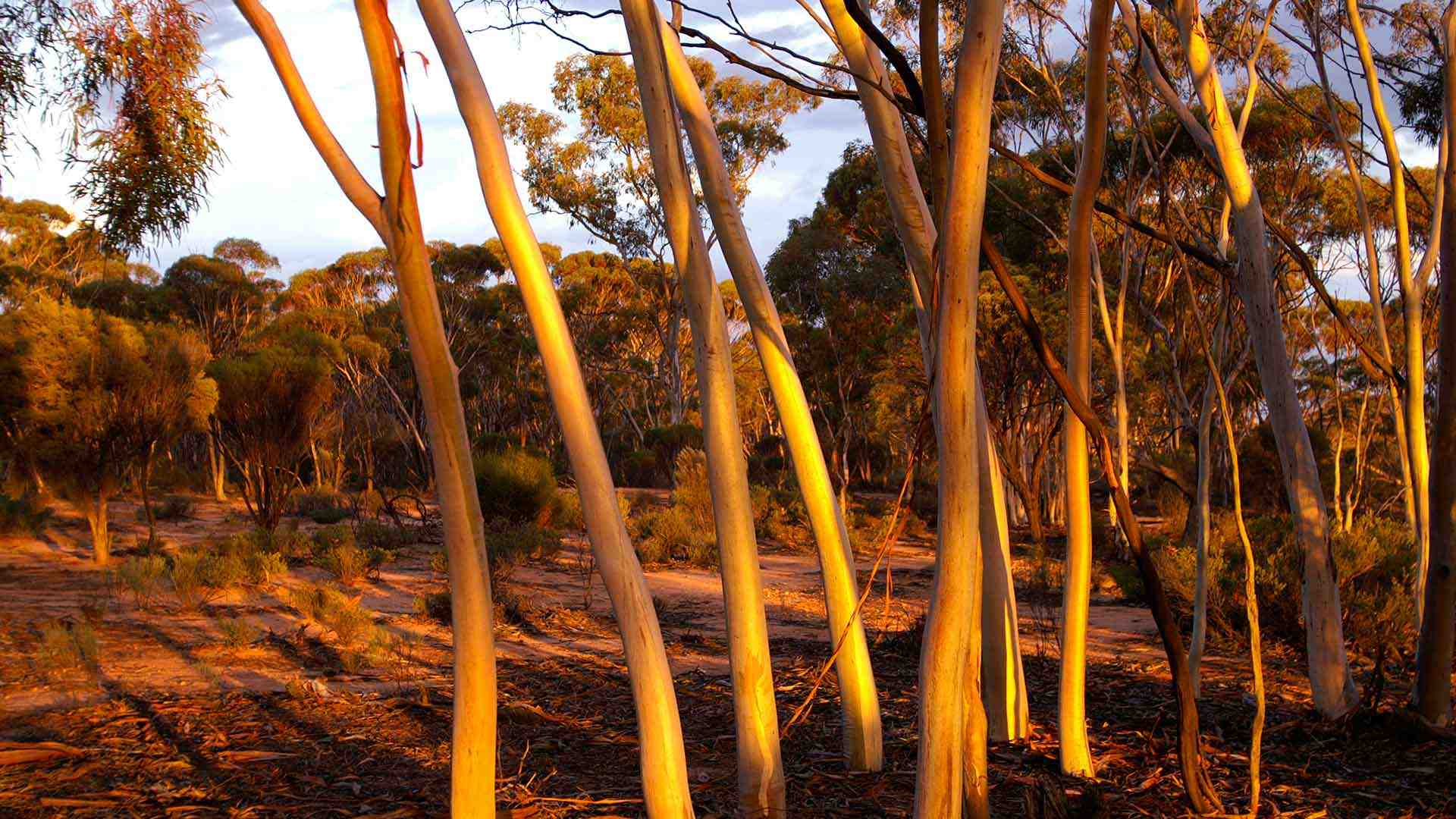
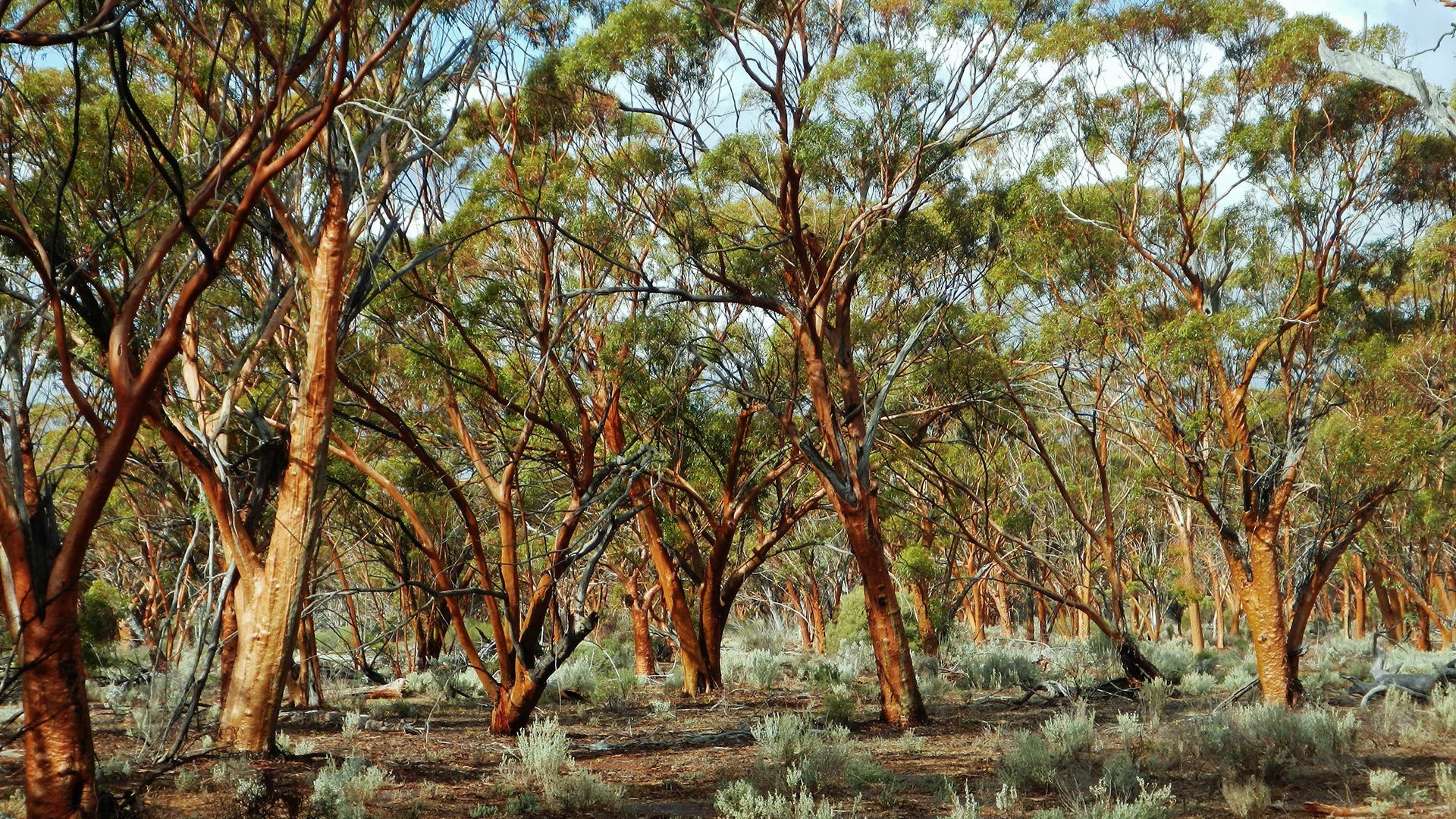
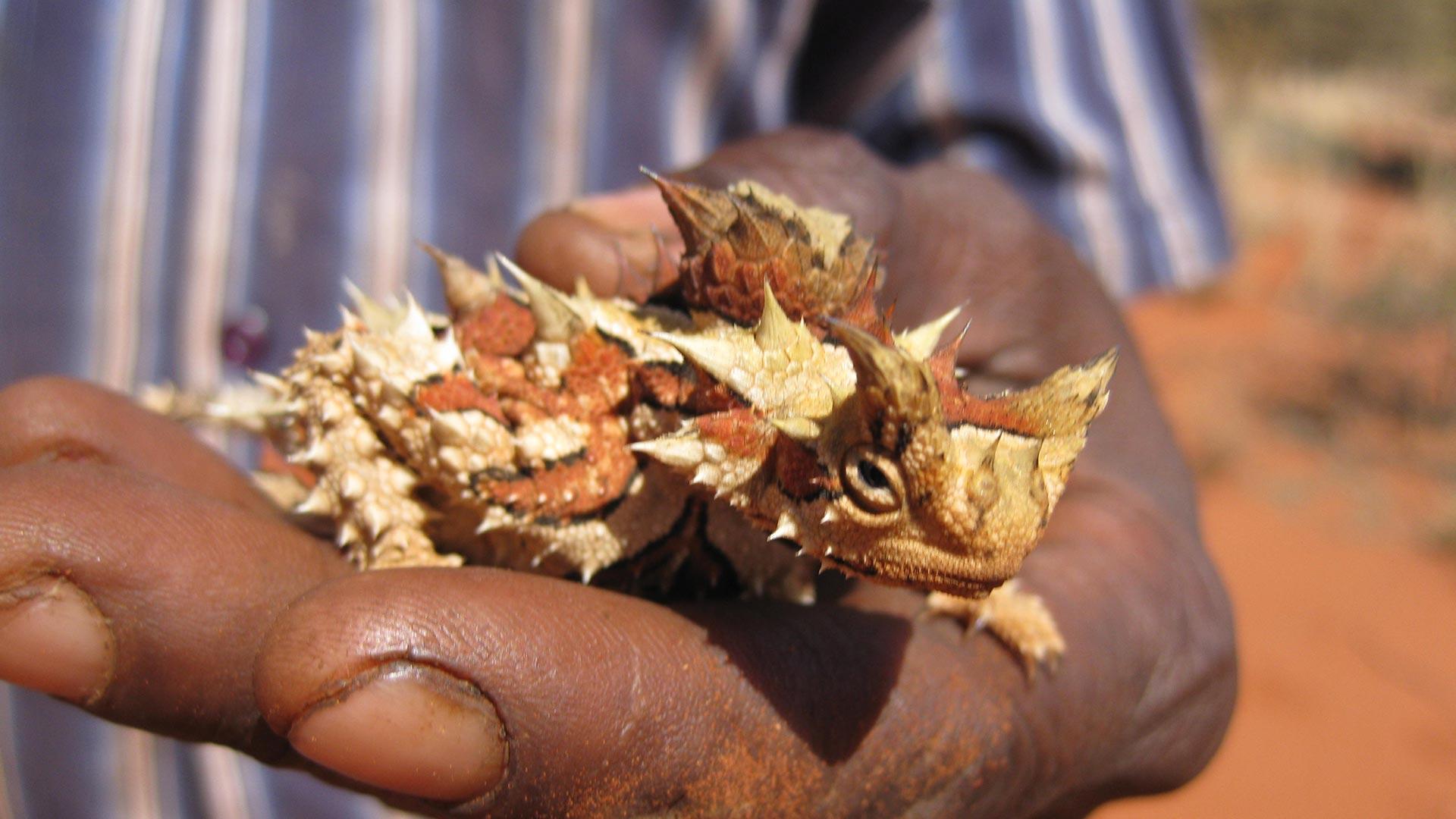
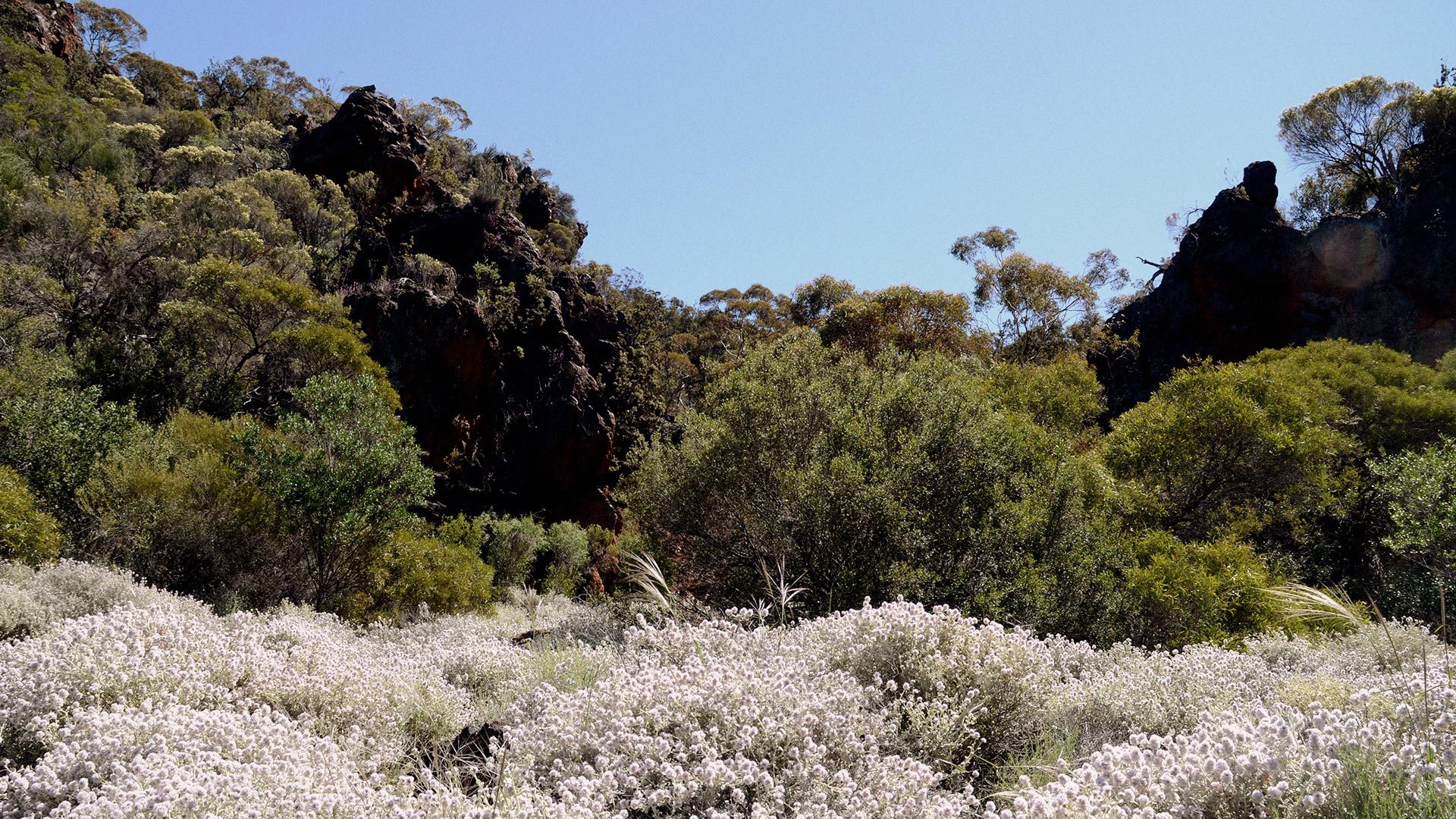
Great Western Woodlands
The world's largest intact temperate woodlands.
Great Western Woodlands
With no overarching protection, the woodlands is constantly at risk of fragmentation.
Thorny Devil
Its distinctive armour protects it from predators and helps it extract drinking water from its environment.
Native wildflowers
The Great Western Woodlands is home to over 3,300 species of flowering plant. Photo: Amanda Keesing
Our vision
If you have something the whole world admires and so much life depends on, it is your job to protect it.
We want to see the incredible biodiversity of the Great Western Woodlands permanently protected from those who seek to carve it up and clear it. The recommitment of the WA Government to protect the Helena Aurora Range is a brilliant first step towards this. Without protecting the places that store our carbon emissions, we cannot win the fight against climate change.
The Great Western Woodlands is an awe-inspiring place. Our vision is for Australians to value it not for the non-renewable resources that could be extracted, but for the incredible life it supports.
What we’re doing:
- Building community support for improved management of the area by First Nations Australians.
- Advocating for new laws that support the life our lives depend on.
- Ensuring the creation of the Helena Aurora Range National Park.
- Promoting sustainable industry in the Great Western Woodlands.
- Supporting our active base to build community organising capacity.
